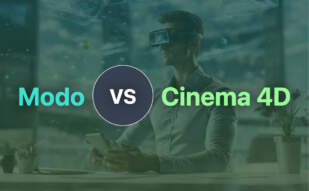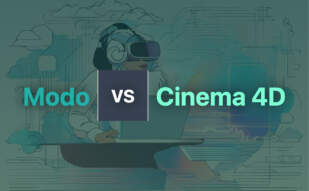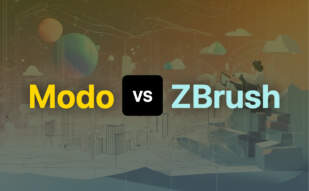For versatility and sophisticated modeling tools, opt for Modo. Ideal for advanced modelers, concept artists, and industrial visualizers, it offers compatibility with popular software and an annual subscription model. However, for a budget-friendly, open-source alternative with a broad range of features, choose Blender, especially proficient for animations, visual effects, and interactive 3D applications.

Key Differences Between Modo and Blender
- Coding: Modo, developed by Luxology LLC and Foundry, allows customization with Python 3, while Blender is written in C, C++, and Python.
- Rendering: Modo utilizes Intel Denoiser for smarter rendering while Blender favored Eevee renderer since its 2.80 release.
- Price: Modo operates on a subscription and upgrade-based pricing model, while Blender is entirely free and open-source.
- Support: Modo supports OCIO, USD, FBX, Qt5, and is well-compatible with major software like Maya, 3Ds Max. Blender, on the other hand, supports numerous import/export formats like Alembic, 3DS, FBX, OBJ.
- Community: Both Modo and Blender have active communities, but Blender being open-source, has a more expansive community involvement.
| Comparison | Modo | Blender |
|---|---|---|
| Creator | Luxology LLC (now Foundry) | NeoGeo |
| Main Use | 3D modeling, animation, texturing, rendering | 3D modeling, animation, texturing, rendering, digital drawing, video editing, compositing |
| Compatibility | Windows, Linux, macOS | Linux, macOS, Windows, BSD, Haiku |
| Nature of Use | Subscription and upgrade-based | Free and open-source |
| Primary Industry of Use | Footwear Design, Mobile Gaming | Animated Films, Visual Effects, 3D Printing, Motion Graphics, Virtual Reality |
| Special Features | Workflow customization, editable rigs, advanced sculpting, animation tools | Fluid and smoke simulation, soft body simulation, game engine depreciated in 2.8 release |
| Additional Support | Plugins, render farm, educational resources, 30-days free trial | Community crowdfunding, 36 languages supported |
| File Format Support | OCIO, USD, FBX, Qt5, Python 3 | Alembic, 3DS, FBX, DXF, SVG, STL, UDIM, USD, VRML, WebM, X3D, OBJ |
What Is Modo and Who’s It For?
Modo is a comprehensive 3D modeling, animation, texturing, and rendering software developed by Luxology LLC, now part of Foundry. At the core of Modo’s DNA is a powerhouse team, originally comprising engineers who developed LightWave 3D. Geared toward the Footwear Design industry and the mobile gaming sector, Modo offers workflow customization features, advanced sculpting tools, quick render previews, and editable rigs that make it a potent tool for modelers, concept artists, and industrial visualizers.
Modo makes available a comprehensive 3D project management platform that allows users to develop and implement concepts efficiently, proving to be invaluable for companies such as New Balance and mobile game company Wooga. This customizable tool facilitates the creation of bespoke tools, gestures, and scripts, bringing about rapid iteration, procedural modeling, and asset creation.
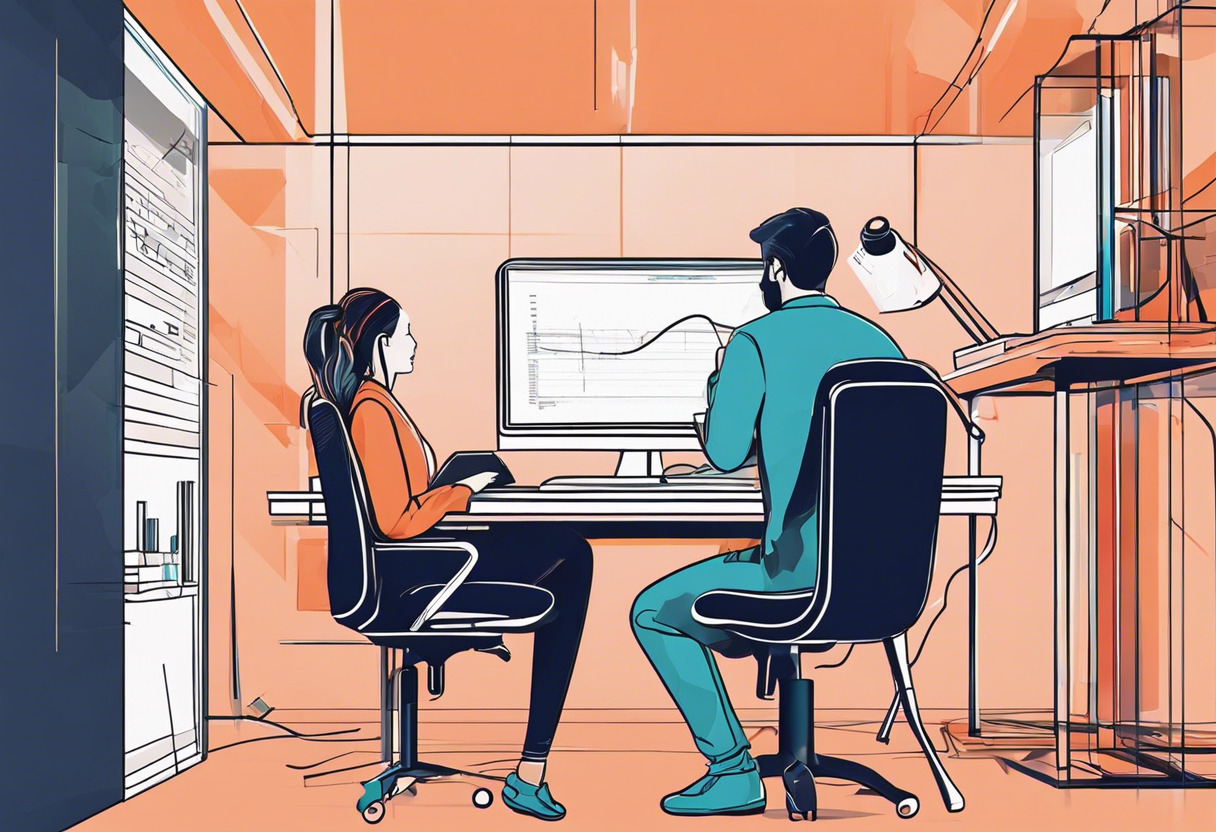
Pros of Modo
- Advanced 3D modeling, animation, texturing, and rendering capabilities
- Easily customizable, facilitating rapid iteration and procedural modeling
- Compatible with popular software like Maya, 3ds Max, Adobe Photoshop
- Great learning resources and community support, rated 4.5 out of 5 across multiple platforms
Cons of Modo
- A learning curve for beginners
- Subscription and upgrade-based pricing model may not suit everyone’s budget
- May not be as feature-rich as some other 3D modeling tools for certain applications
What Is Blender and Who’s It For?
Blender is a universally acclaimed 3D computer graphics software tool set that is both free and open-source. Initially developed by Dutch animation studio NeoGeo, Blender brings to the table an alluring suite of features ranging from 3D modeling, digital drawing, animation to soft body simulation, making it ideal for creating animated films, visual effects, art, 3D-printed models, interactive 3D applications, and virtual reality.
Open-sourced through a community crowdfunding in 2002, Blender continues to receive development input from both the community and the Blender Institute. This makes it a robust, consistently upgraded software tool, now supported on numerous operating systems and is available in a multitude of languages.
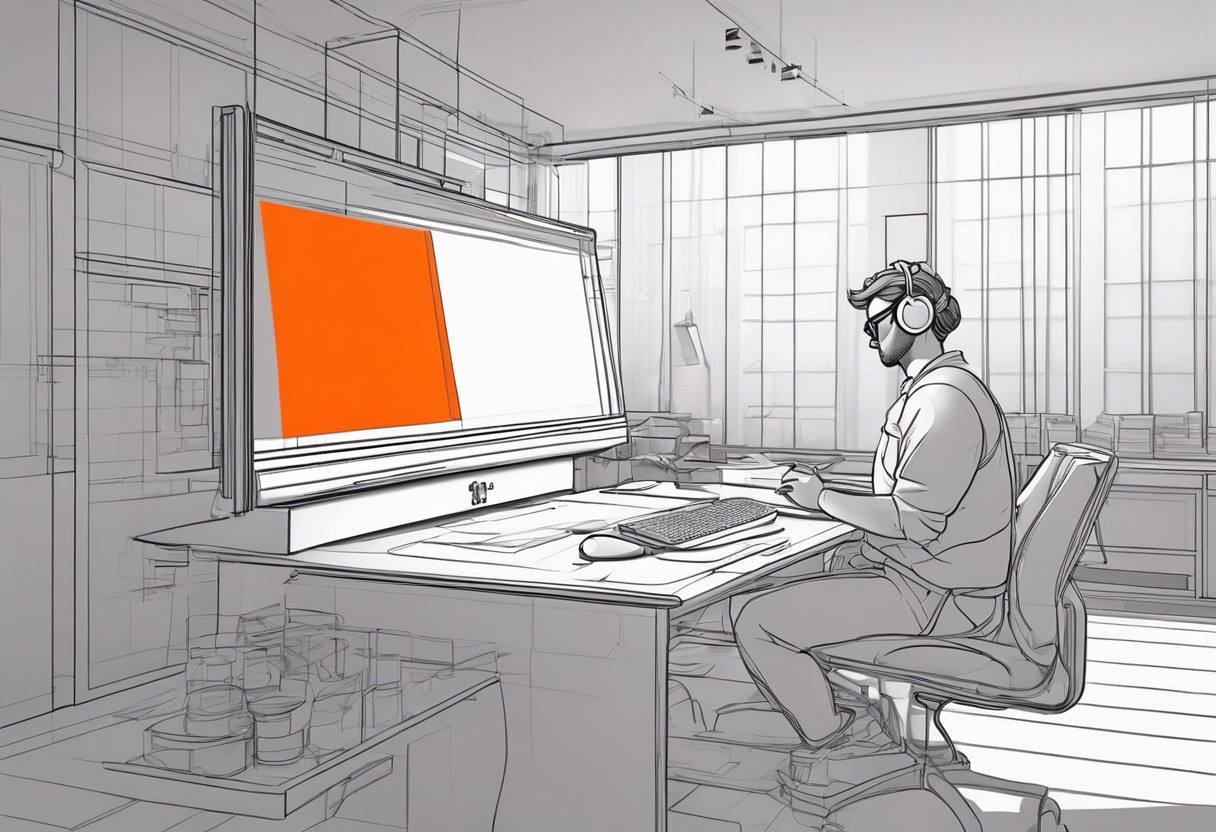
Pros of Blender
- Extremely versatile and powerful
- Supported by a robust and lively community
- Open-source and freely available
- Continually evolving with ongoing updates and enhancements
Cons of Blender
- Demanding learning curve, especially for beginners
- Lack of technical support or formal customer service
- Some professional applications may require plugins that are not free
The Verdict: Modo or Blender – Which Should You Opt For?
After extensive analysis, it’s evident both Modo and Blender have their unique strengths. The verdict, however, would not be the same for every user. Let’s dissect this puzzle based on audience segments.
3D Modelling Aces
If you represent the cream of the crop in 3D modeling, your pick might lean towards Modo. Acknowledged for its intuitive modeling tools, edge weighting, n-gons, and precise mesh editing capabilities, Modo offers a wealth of sophisticated features. Its compatibility with popular software like Maya, 3ds Max, Adobe Photoshop is a solid bonus.

Indie Game Developers
Indie game creators, you might find Blender quite fitting. Its open-source nature, match moving, rendering, and comprehensive simulation features streamline the process of creating immersive 3D applications. Consider the fact that Blender evolved with a strong focus on game development.
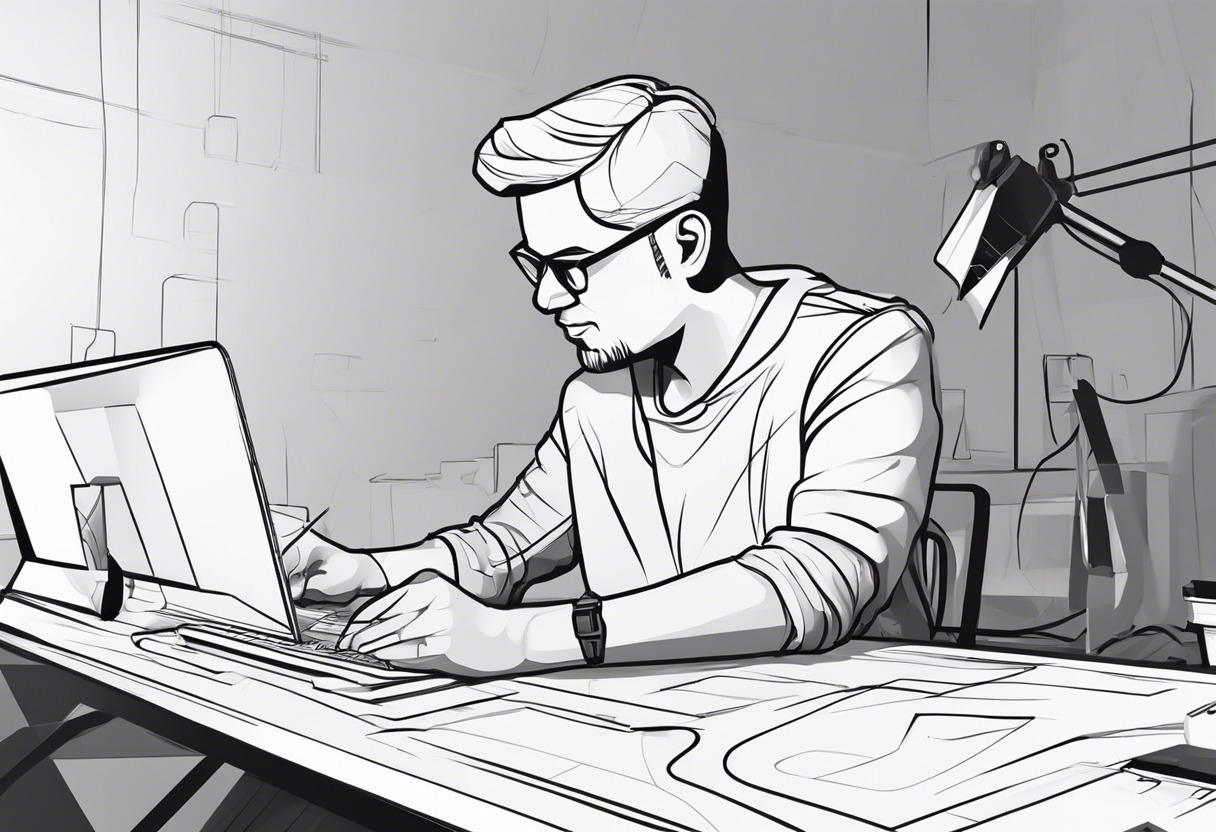
Industrial Visualizers
Engaged in industrial visualization or concept artistry? Modo stands out with its advanced sculpting and asset creation facilities. It lets you manage your 3D project from conception to realization, all within one platform. Remember, New Balance chose Modo for its footwear design.
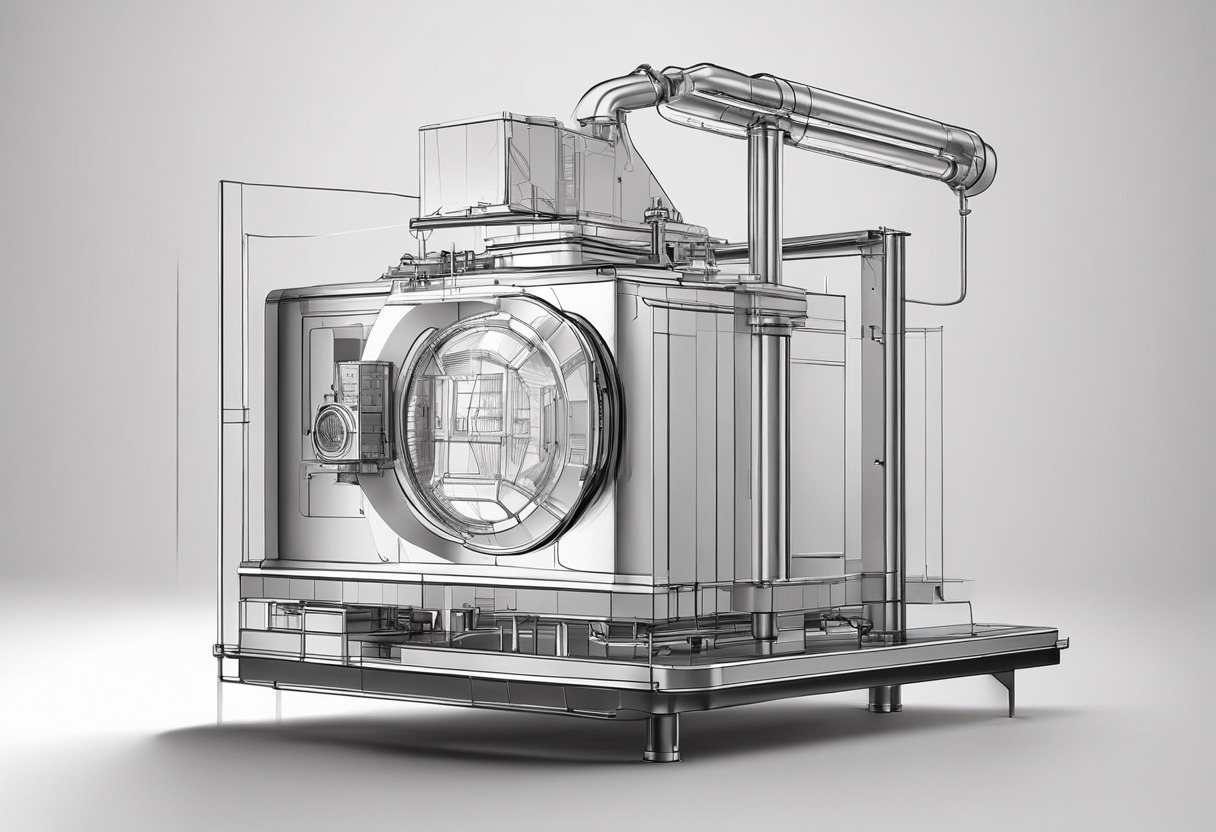
Still on the fence about choosing one over the other? Go with Modo for its precise 3D modeling capabilities and Blender for dynamic game design possibilities. It’s all about the match between these tools’ strengths and your objectives. Open-source enthusiasts, perceive Blender as a gift. Pro modelers, drop that annual subscription fee for Modo.
Grant Sullivan
Content writer @ Aircada and self proclaimed board game strategist by day, AI developer by night.



